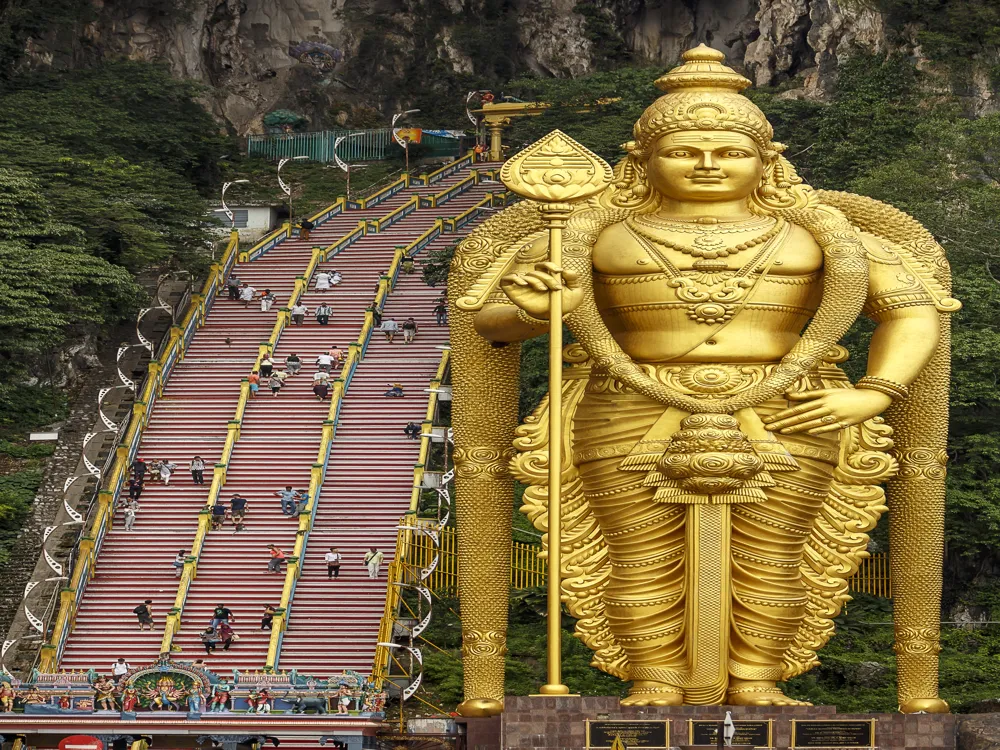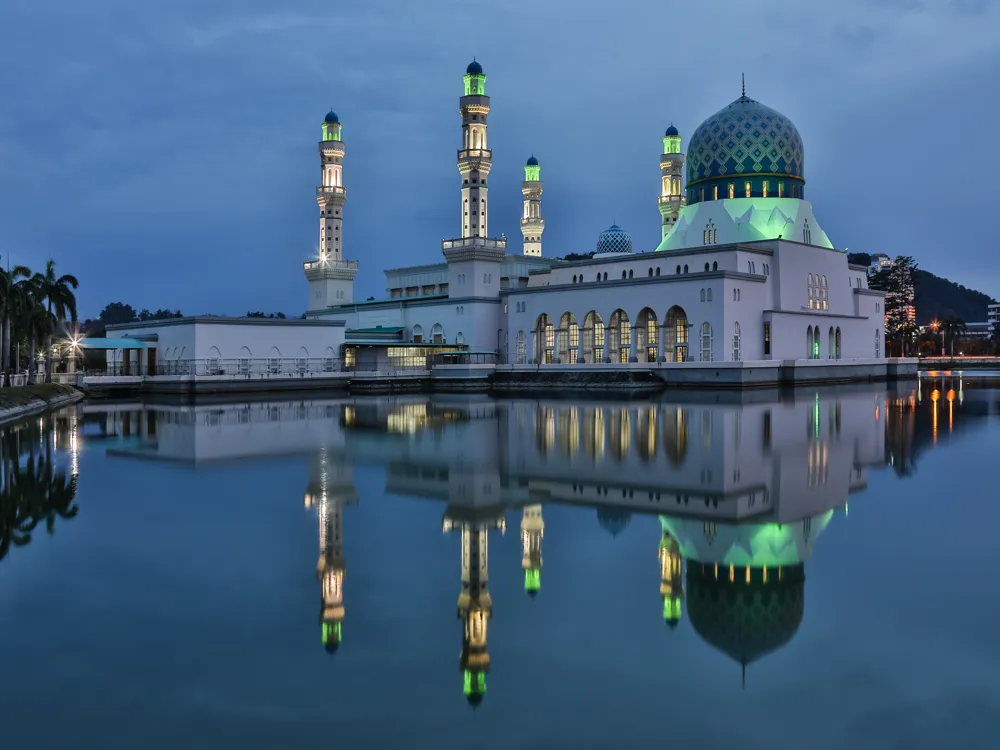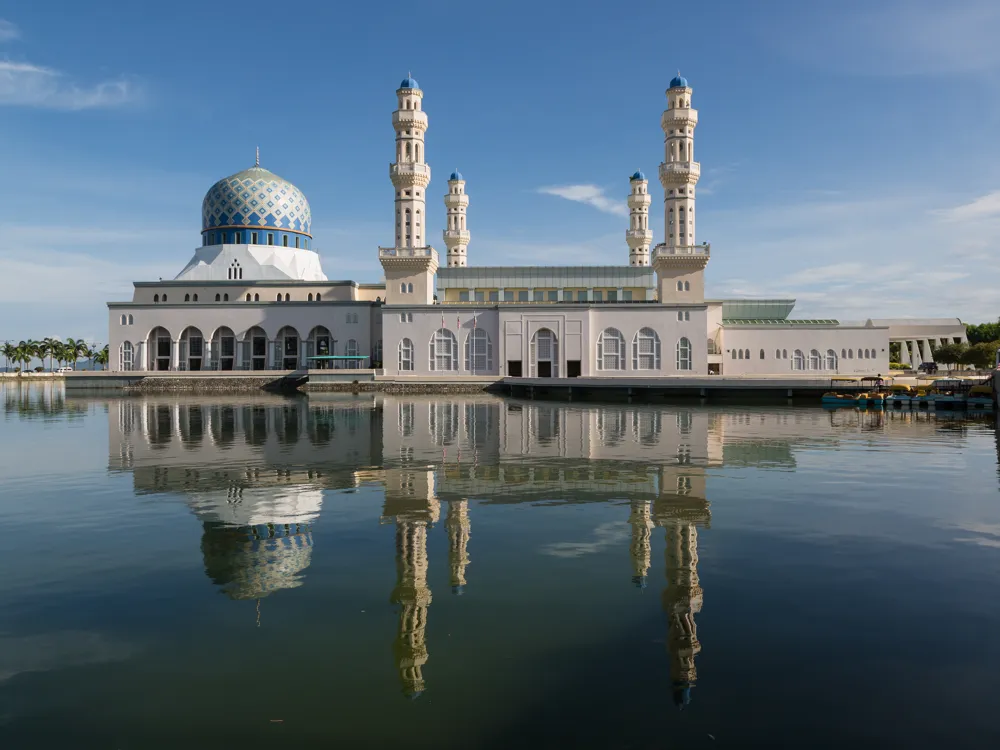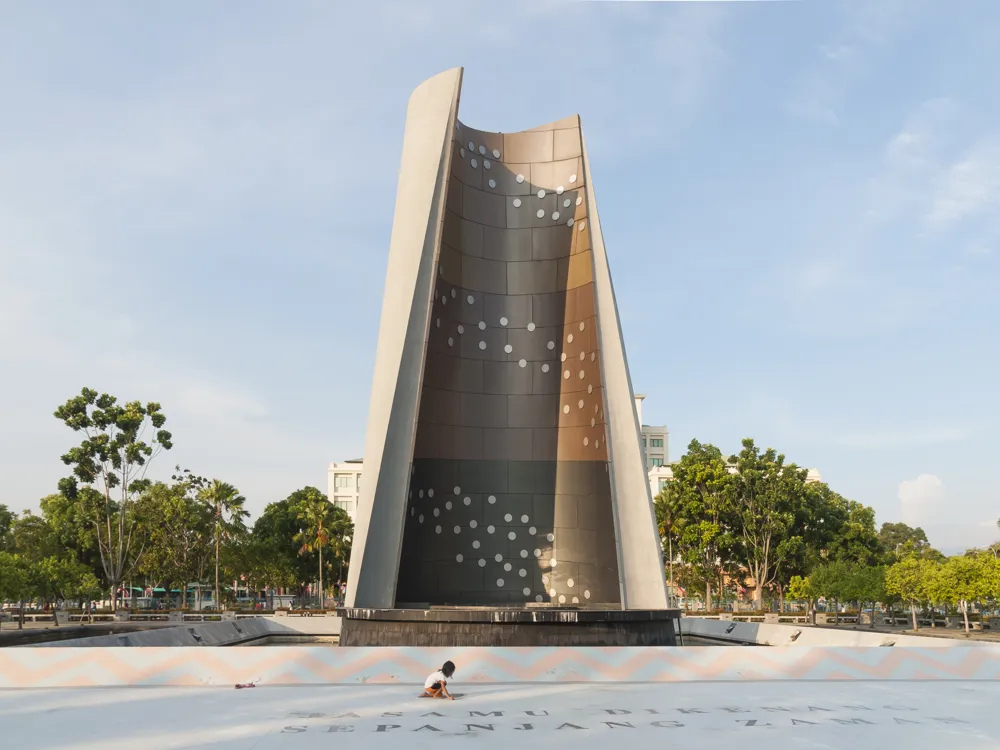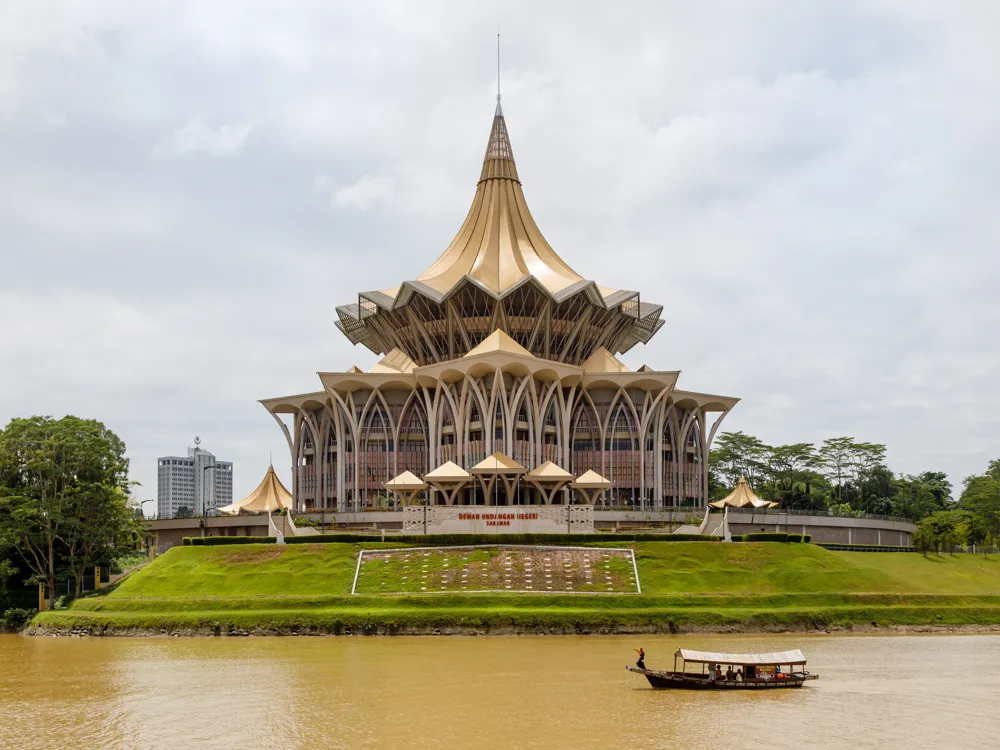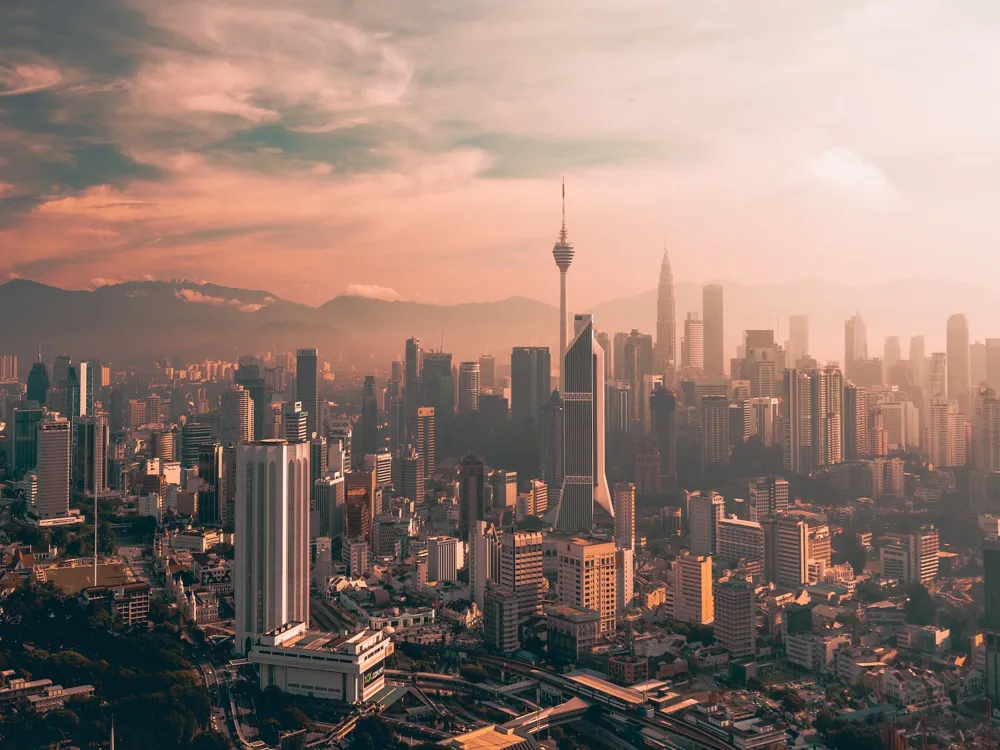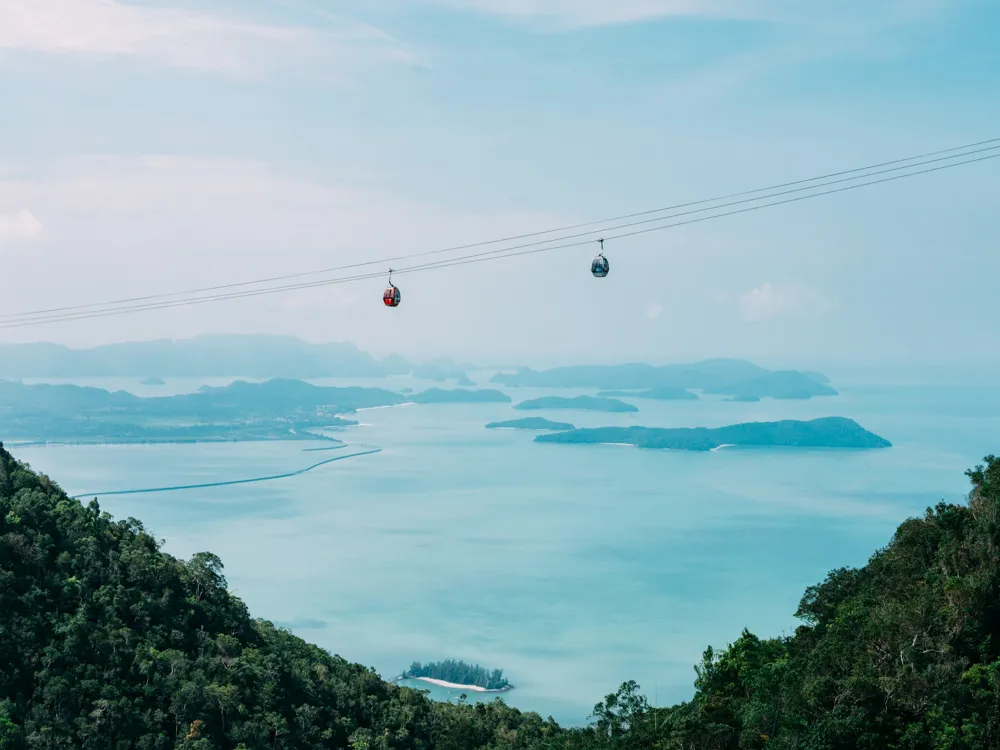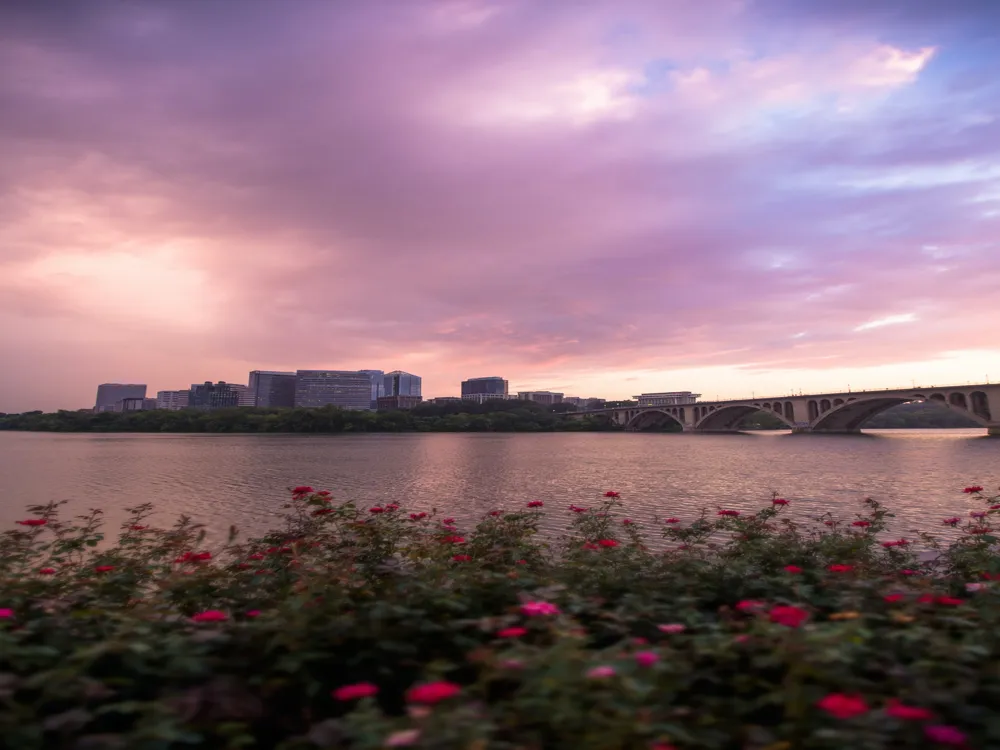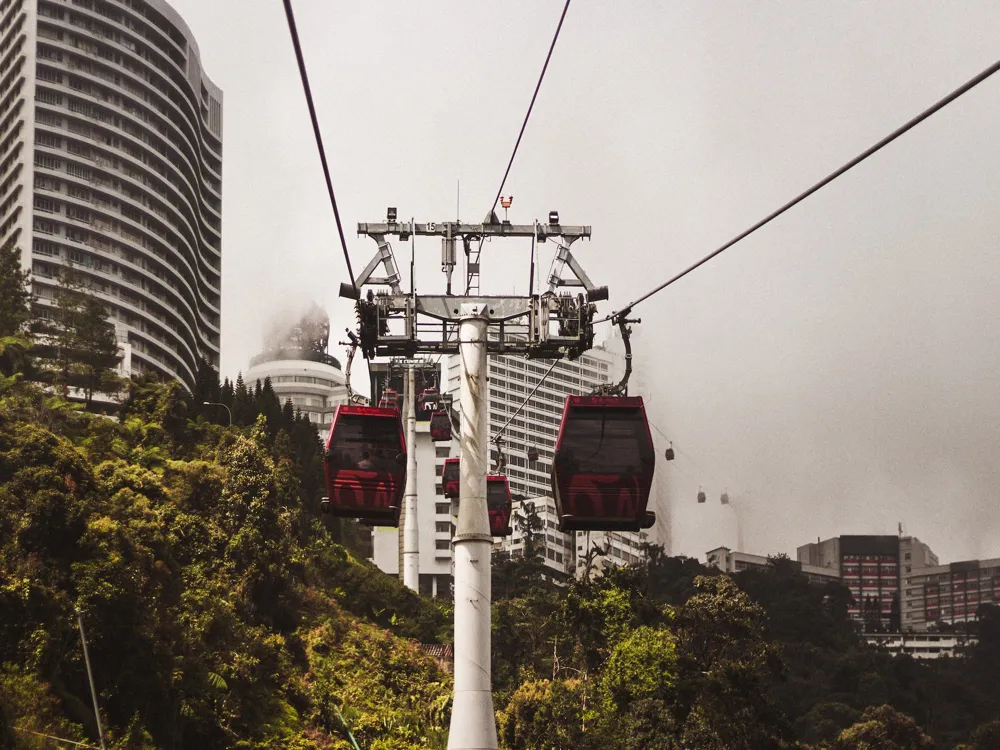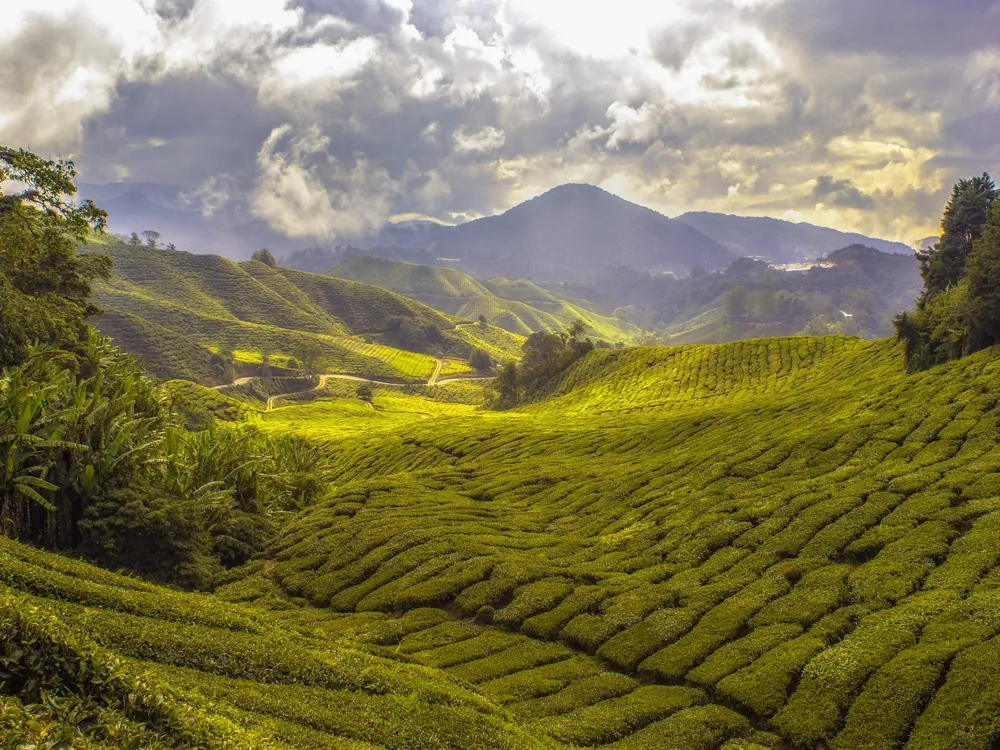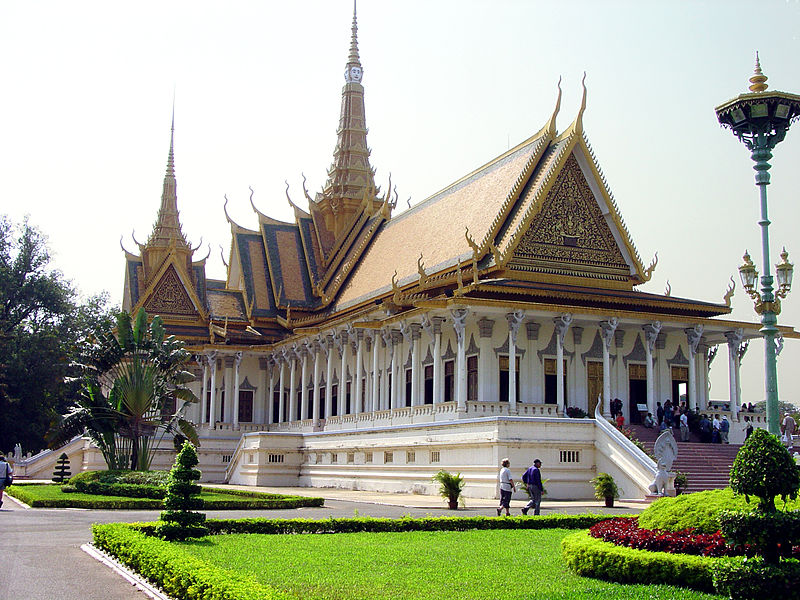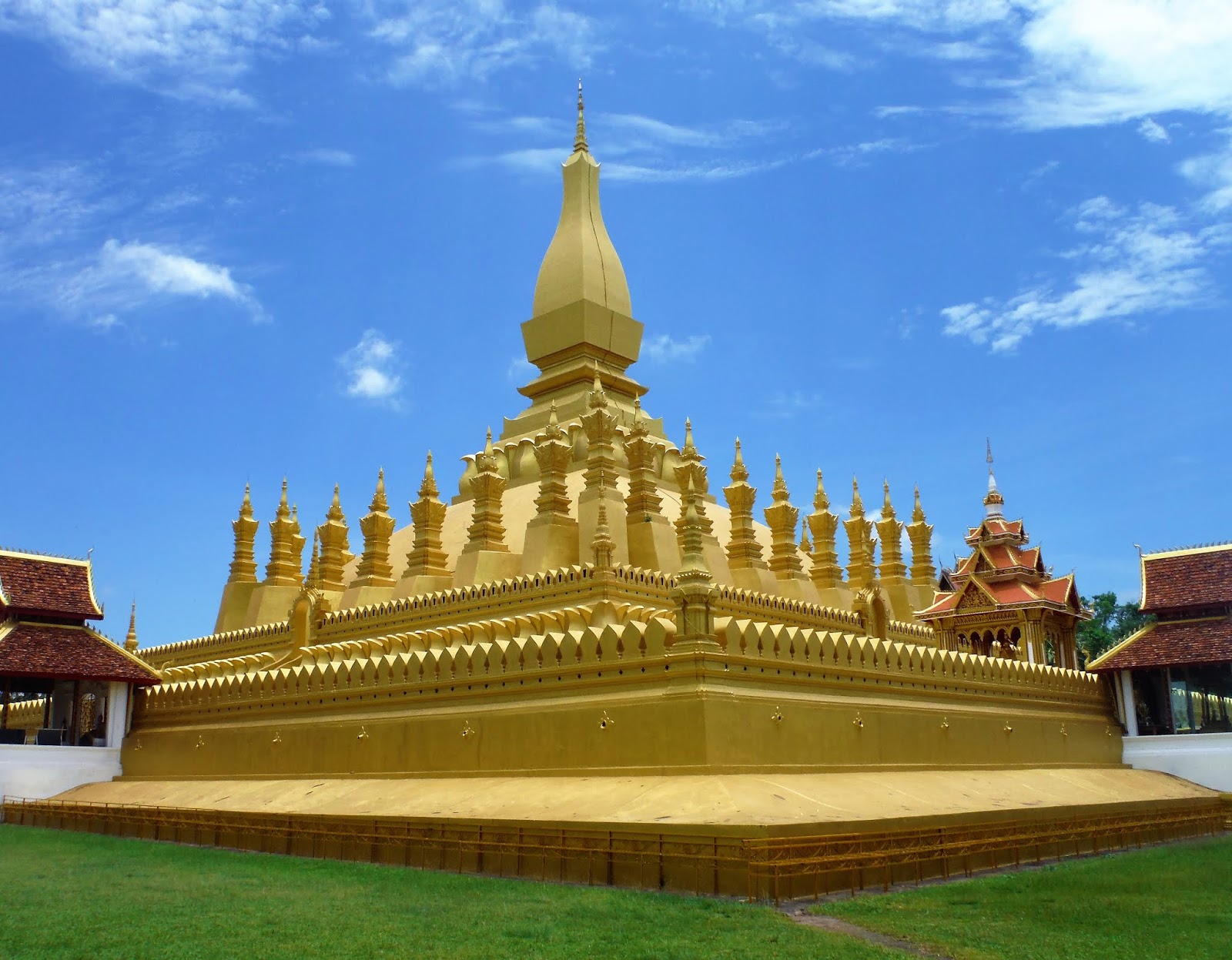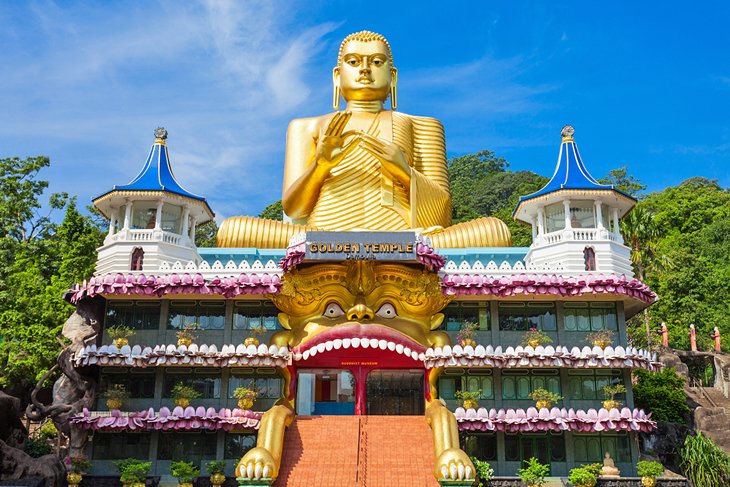What is the Best Time to Visit Malaysia?
Malaysia, a tropical paradise, offers diverse experiences throughout the year. Understanding the best time to visit ensures a memorable trip. Whether you're an adventure seeker or a beach enthusiast, Malaysia has something to offer every month.The East Coast months of April through October and the West Coast months of December through March are the ideal times to visit Malaysia. March through October is the ideal time of year to go to the island of Borneo. Due to its proximity to the equator, Malaysia has hot, muggy weather for most of the year. Because this is such a tropical place, the average annual sea temperature is a pleasant 85°F, making it ideal for a beach vacation. While Malaysia is hot and humid year-round with occasional tropical rain showers, the ideal months to visit are February through September. The west coast has bright, dry weather during the rainy season, which falls between November and February on the east coast. In contrast, April through October—which are the driest months on the east coast—are the wettest months on the west coast.
More about the Best Time to Travel to Malaysia
Planning a trip to Malaysia involves considering the peak and off-seasons. Each season provides unique opportunities for exploration, from vibrant festivals to serene moments in nature.
Typically, the Southwest Monsoon arrives in late May and lasts through September. There will still be a lot of rain on the West Coast and in Sabah, Borneo, even though this is normally the drier of the two monsoons.
The Northeast Monsoon, which usually starts in November and lasts until March, is the other monsoon. This monsoon affects the east coast of Peninsula Malaysia and Borneo, primarily the eastern parts of Sabah and the western part of Sarawak, since it brings heavy rainfall to those regions. This time of year, some of the islands in the vicinity will really close, but there are plenty of excellent options along the Peninsula West Coast and in parts of Borneo.
Travel Peak Season in Malaysia
The peak season, from November to February, attracts visitors with festivals, lively atmospheres, and ideal weather. Plan ahead to make the most of your visit during this bustling time.
-
Dry Season/Peak Tourist Season (December to February):
- Weather: The northeast monsoon brings drier conditions to the east coast of Peninsular Malaysia, making it an ideal time to visit destinations like the Perhentian Islands, Redang Island, and Tioman Island. The west coast and Borneo typically experience monsoon rains during this time, but the rain is less intense.
- Festivals: The Chinese New Year celebration, which usually falls in January or February, attracts tourists, and festive events add vibrancy to the atmosphere.
- Cultural Events: Various cultural events and festivals may take place during the dry season, offering visitors the opportunity to experience Malaysia's diverse traditions.
-
Mid-Year/Peak Tourist Season (June to August):
- Weather: The mid-year period is generally drier, and both the east and west coasts of Peninsular Malaysia, as well as Borneo, experience favourable weather. It's a good time to explore destinations like Kuala Lumpur, Penang, Langkawi, and the rainforests of Borneo.
- School Holidays: The mid-year peak season coincides with school holidays, both in Malaysia and in many other countries. This results in increased domestic and international travel.
- Outdoor Activities: The pleasant weather makes it suitable for outdoor activities, and tourists often engage in beach vacations, jungle trekking, and water sports.
Travel Offseason in Malaysia
For those seeking a quieter experience, the offseason from March to June offers a more tranquil atmosphere. Explore Malaysia without the crowds and enjoy discounted rates.
-
East Coast Monsoon (November to February):
- Weather: The east coast of Peninsular Malaysia, including destinations like the Perhentian Islands, Redang Island, and Tioman Island, experiences the northeast monsoon during this period. Heavy rainfall and rough seas can affect beach activities.
- Tourist Numbers: Due to the challenging weather conditions, the east coast experiences a decrease in tourist numbers during the monsoon season.
-
West Coast Monsoon (May to October):
- Weather: The west coast of Peninsular Malaysia, including popular destinations like Langkawi, Penang, and Kuala Lumpur, experiences the southwest monsoon during this period. While the rain is not as intense as on the east coast, there can be regular showers.
- Tourist Numbers: The west coast may see a decrease in tourist numbers during the monsoon season, particularly in the months with heavier rainfall.
-
Inter-Monsoon Periods (March to April and September to October):
- Weather: The inter-monsoon periods are transitional phases between the northeast and southwest monsoons. While these periods may have less predictable weather, they generally involve lower rainfall compared to the peak monsoon months.
- Tourist Numbers: Tourist numbers may be relatively lower during the inter-monsoon periods compared to the drier months.
Malaysian Weather in Winter (November – February)
Winter in Malaysia, from November to February, brings cooler temperatures and occasional rain. It's an excellent time to explore the cultural richness of cities and enjoy outdoor activities.
Malaysian Weather in November
November welcomes cooler temperatures, making it perfect for exploring urban attractions and engaging in outdoor adventures.
Malaysian Weather in December
December offers a festive atmosphere, blending cultural celebrations with pleasant weather. Dive into Malaysia's rich traditions and savour the unique holiday spirit.
Malaysian Weather in January
January marks a refreshing start to the year, with comfortable temperatures. Discover the natural beauty and cultural treasures Malaysia has to offer.
Malaysian Weather in February
As February unfolds, experience the diverse landscapes of Malaysia amid cool temperatures and occasional rain showers.
Malaysian Weather in Summer (March to June)
March to June bring the Malaysian summer, characterised by warm temperatures and occasional rain. It's an ideal time for beach enthusiasts and nature lovers.
Malaysian Weather in March
March invites you to explore Malaysia's pristine beaches and lush rainforests. Embrace the warm weather and engage in water activities.
Malaysian Weather in April
April offers a perfect blend of warmth and sunshine, creating an inviting atmosphere for outdoor adventures and cultural explorations.
Malaysian Weather in May
May promises delightful weather, making it an excellent time to immerse yourself in Malaysia's vibrant street markets and festivals.
Malaysian Weather in June
June invites you to unwind on Malaysia's beautiful beaches or embark on nature trails amid the lush greenery.
Malaysian Weather in Monsoon (July – October)
July to October mark the monsoon season, bringing occasional heavy rainfall. While some areas may experience closures, others offer unique experiences during this lush and verdant period.
Malaysian Weather in July
July showcases Malaysia's natural beauty in full bloom, with rainforests vibrant and alive. Embrace the tropical rain and explore indoor attractions.
Malaysian Weather in August
August invites you to witness Malaysia's breathtaking landscapes amid occasional rain showers. Discover the country's cultural richness indoors.
Malaysian Weather in September
September offers a refreshing atmosphere, with the monsoon adding a touch of magic to Malaysia's natural wonders. Explore the greenery and cultural sites.
Malaysian Weather in October
October marks the end of the monsoon, with landscapes refreshed and ready for exploration. Enjoy the unique charm of Malaysia without the peak-season crowds.
Conclusion
In conclusion, understanding the best time to visit Malaysia enhances your travel experience. Whether you prefer vibrant festivals, serene landscapes, or a bit of both, Malaysia welcomes you with open arms. Plan your trip wisely, and you'll create memories to last a lifetime.
Tourist Places to Visit in Malaysia
Kuala Lumpur
Kuala Lumpur, popularly referred to as KL, is the capital city of Malaysia. Officially the Federal Territory of Kuala Lumpur, it is also the largest city of the country, spreading over almost 245 sq km. Steel-clad skyscrapers, mega shopping malls, renowned monuments, bustling markets and burgeo...
Langkawi
Attracting over 3 million travellers annually, Langkawi, or the Jewel of Kedah State, is an archipelago of 99 islands in Malaysia. Sprawled over the turquoise Malacca Strait, Langkawi flaunts serene beaches interspersed with cliffs and rainforests, expansive rice paddies, chic promenades, historical...
Georgetown Penang
As Malaysia’s fourth most-populated city, Georgetown is the colourful, multicultural capital of Penang Island. Once an eminent trading hub on the Straits of Malacca, the UNESCO-listed city is known for its British colonial buildings, Chinese shophouses, temples, mosques and pristine beaches. Beyond ...
Genting Highlands
Located in Pahang, Genting Highlands is a beautiful hill station in Malaysia which is only an hour’s drive away from Kuala Lumpur. Dubbed as the "City of Entertainment" is renowned for its spirited nightlife, luxury hotels, huge shopping complexes and world-class casinos.
Cameron Highlands
Cameron Highlands is a gorgeous hill station nestled in the hills of Pahang in Malaysia, in the northwestern tip of the country near the South China Sea in Southeast Asia. Bordered by the Malaysian states of Perak and Kelantan, this hilly district is home to eight different settlements that boast of...
Kota Kinabalu
Kota Kinabalu, commonly referred to as KK, is the capital of Sabah. The city lies on the fringes of the South China Sea and is home to the majestic Mount Kinabalu, after which it is named. Serviced by Kota Kinabalu International Airport, this city serves as the gateway to eastern Malaysia and partic...
All Places to Visit In Malaysia
Faq
Is Malaysia a year-round destination?
Malaysia is indeed a year-round destination, offering diverse experiences in every season.
How does the monsoon season impact travel plans?
The monsoon season, from July to October, may lead to temporary closures in some areas, but it also offers a unique perspective of Malaysia's natural beauty.
Can I experience cultural festivals throughout the year?
Absolutely! Malaysia hosts vibrant cultural festivals year-round, ensuring you can immerse yourself in the country's rich traditions regardless of when you visit.
Are there indoor activities during the monsoon season?
Yes, Malaysia offers a plethora of indoor activities, including museums, art galleries, and cultural performances, making it an enjoyable destination even during the occasional rain.

